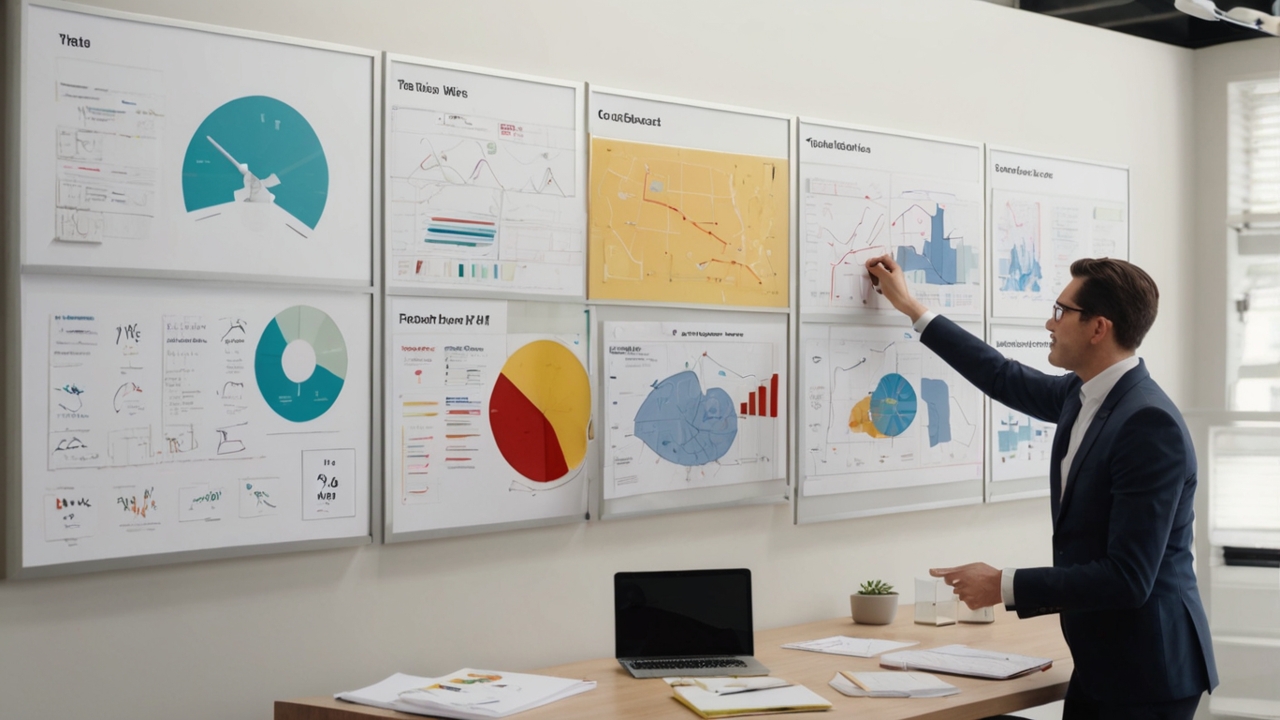Mayumiotero – In the age of digital advancement, few technologies have sparked as much debate as deepfake. From viral face-swapping videos to realistic AI-generated speeches, deepfake technology has revolutionized the visual landscape. Yet, this innovation also comes with a dark side that challenges ethics, privacy, and truth. As the line between reality and simulation blurs, the world is left questioning whether deepfake is a creative breakthrough—or a ticking time bomb.
What Is Deepfake and How Does It Work?
To begin with, deepfake is a portmanteau of “deep learning” and “fake.” This AI-driven technique uses deep neural networks to swap faces or synthesize speech in video and audio formats. Initially, it was developed for research and entertainment purposes. However, the rapid evolution of its capabilities has allowed users, both ethical and malicious, to create incredibly realistic yet entirely fabricated content.
“Also read: Daily Biohacking: Tips to Optimize Energy and Focus for Professionals and Students“
The Innovation Behind Deepfake Technology
There is no denying the impressive potential of deepfake in industries like film, gaming, and education. In cinema, it enables actors to appear younger, or even resurrects long-gone legends for sequels. In language learning and virtual customer service, realistic avatars improve user experience. Moreover, deepfake can be a powerful tool for accessibility—such as lip-syncing videos for the hearing-impaired or customizing educational material across different languages.
The Risks and Ethical Concerns
Despite its utility, the misuse of deepfake technology is a growing concern. Fake political speeches, revenge porn, and misinformation campaigns are becoming alarmingly common. With just a smartphone and a basic app, anyone can now fabricate convincing videos of real people saying or doing things they never did. This threatens not only individuals but also democracy, journalism, and public trust.
Legal and Social Ramifications
As a result, legal systems worldwide are racing to catch up. Some countries have introduced laws criminalizing malicious deepfake content, especially in cases of defamation or non-consensual explicit material. Social media platforms are also deploying detection algorithms to flag and remove synthetic content. Nevertheless, the cat is out of the bag—technology often moves faster than regulation.
Can Deepfake Be Used Responsibly?
Absolutely—but it requires transparency and ethical boundaries. Content creators, brands, and platforms must disclose when AI is used to alter visual material. Open dialogue, digital literacy, and robust verification systems are essential. When used with integrity, deepfake can enhance storytelling and communication. The key lies in intention and consent.
A Tool or a Threat?
In conclusion, deepfake technology stands at a crossroads. It can either empower creativity or sow chaos, depending on how society chooses to wield it. As we step further into the age of AI, responsibility, regulation, and awareness will determine whether deepfake becomes a force for good—or a visual weapon of mass deception.



